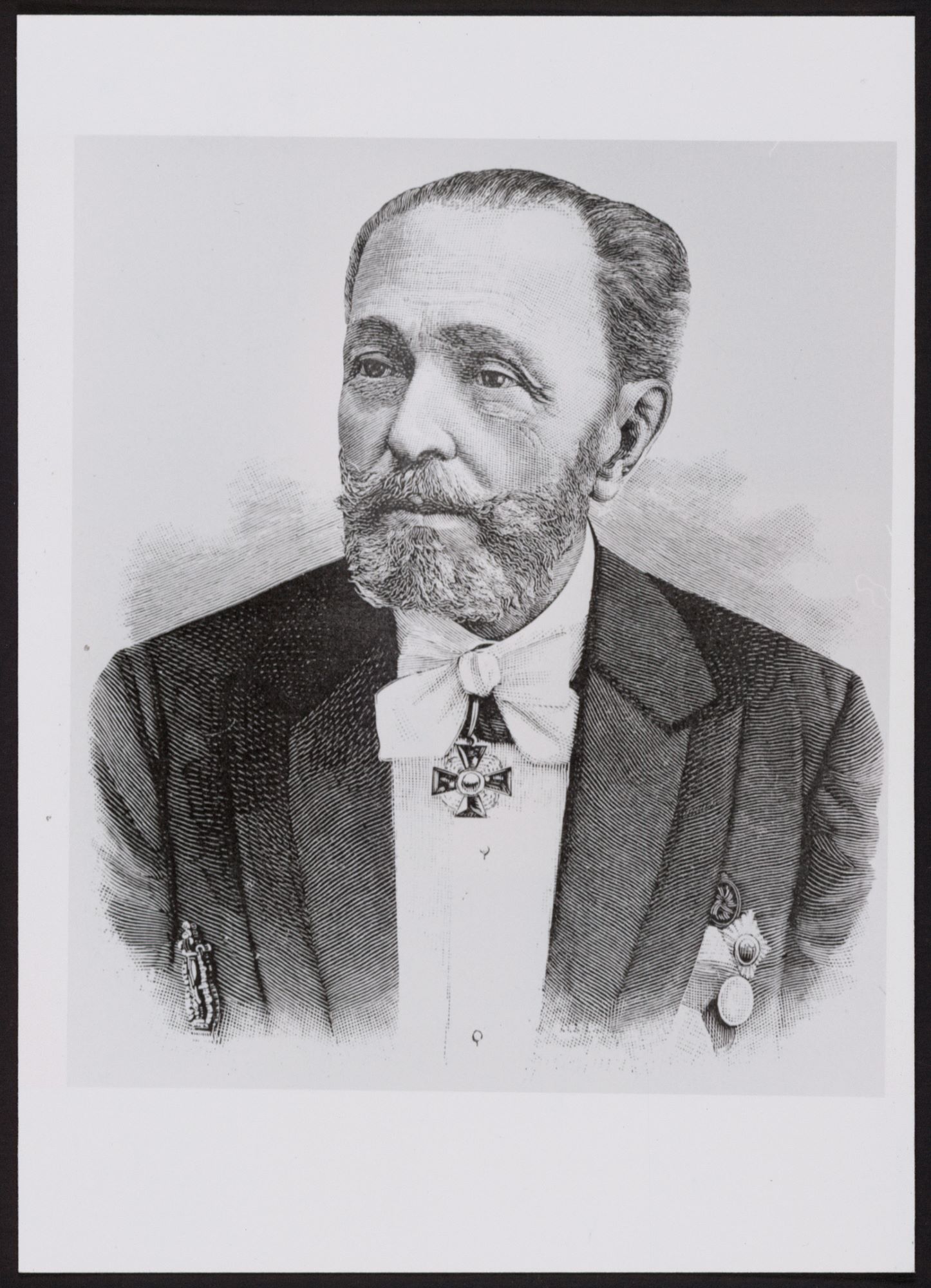people » Marius Petipa
Marius Petipa (1822-1910). French dancer, choreographer and ballet master
Marius Petipa was the most important choreographer of his, and perhaps of any, era. During his career in Russia, from the 1860s until 1903, he created more than 60 full-length works, including The Sleeping Beauty (1890), The Nutcracker (1892) and Acts I and III of Swan Lake. As a pupil of Auguste Vestris and an early career in France, he can be seen as building on a fusion of the French and Italian styles to create the great Russian tradition, which after him, and in part in reaction to him, led on to Mikhail Fokine and Serge Diaghilev. He is thus a key figure in the history of ballet from the romantic movement of the early 19th century to the modern era in the 20th century and beyond.
Petipa was born in Marseilles in 1822, his father and brother both being well-known dancers, and his mother an actress. His performing career began at the age of nine, and when he was 16 he was the premiere dancer in Nantes, where he also staged his first ballets. In 1847 he arrived in St Petersburg as a principal dancer with the Imperial Russian Ballet, where his father was already ballet master. Owing to the prestige of Charles Didelot, who had worked in Russia for much of the first half of the 19th century, Petersburg was already enamoured of the French style and French ballet masters, and Marius followed in his father’s footsteps, living and working there for the rest of his life.
He began as a dancer, being held back from choreography due to the dominance of Jules Perrot, who was ballet master from 1848 until 1859. However, in 1862, Petipa had a big success with his La Fille de Pharaon, after which he was appointed as a ballet master, becoming the chief ballet master with the departure of Arthur Saint-Léon in 1869. He remained supreme until 1903, his style being notable for grand spectacle and pas d’action, combined with brilliant variations and solos, and always at least one grand pas de deux. The whole choreographic atmosphere was transformed through Petipa concentrating less on mime, as well as his encouragement of technical virtuosity. As well as the Tchaikovsky ballets, we should note his Raymonda (1898), La Bayadère (1877) and Don Quixote (1869, originally in Moscow), as well as his stagings of Coppélia and Giselle – staples of 19th-century ballet.
During his great years in St Petersburg, Petipa was fully supported by Ivan Vsevolozhsky, the director of the Imperial Theatres from 1881 until 1899. However, Vladimir Teliakovsky, the new director, was less supportive, and after a hostile demonstration following Petipa’s last ballet, The Magic Mirror, in 1903, he was removed from his position as ballet master. Though he retained his salary, Petipa remained in embittered retirement until his death in 1910.

